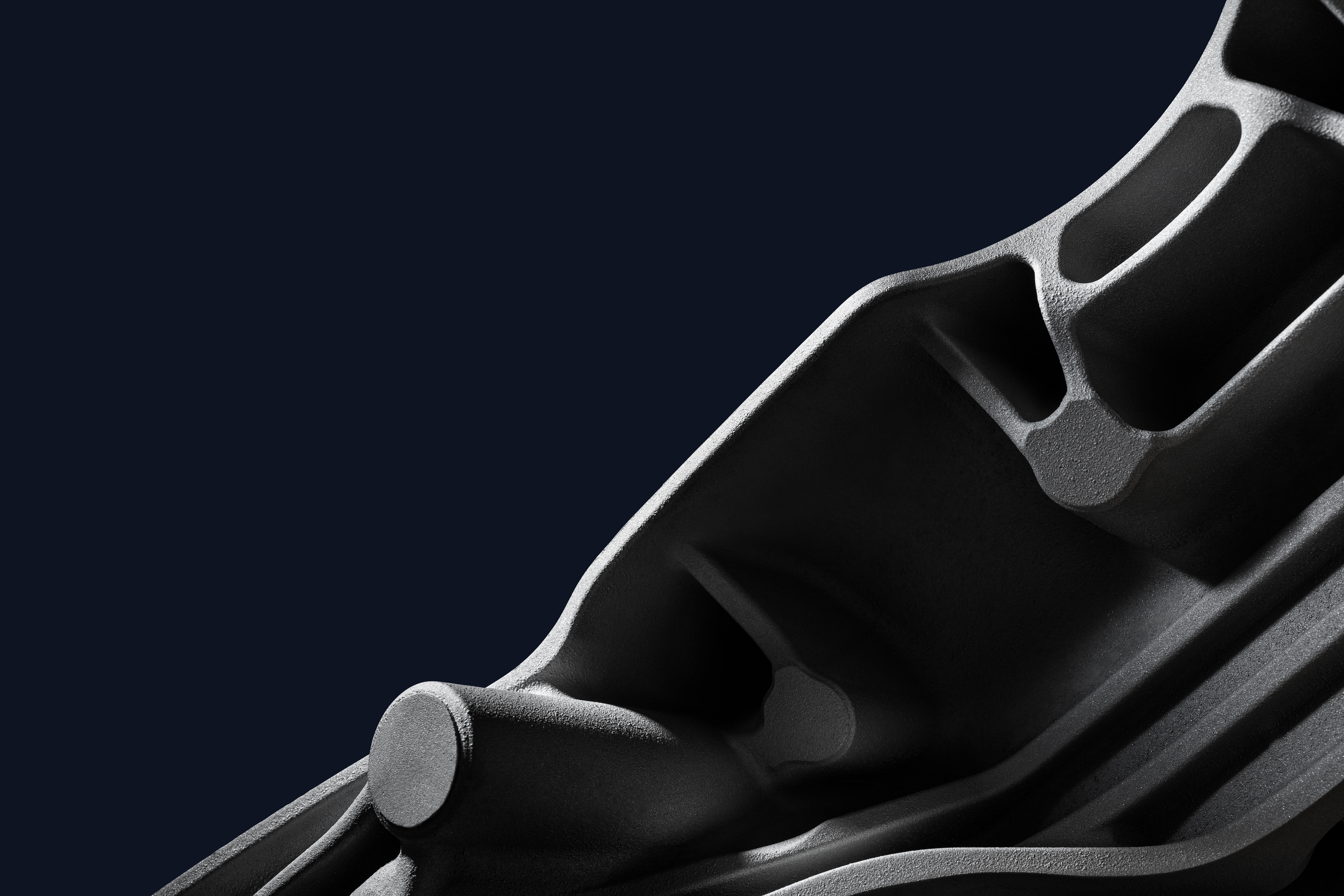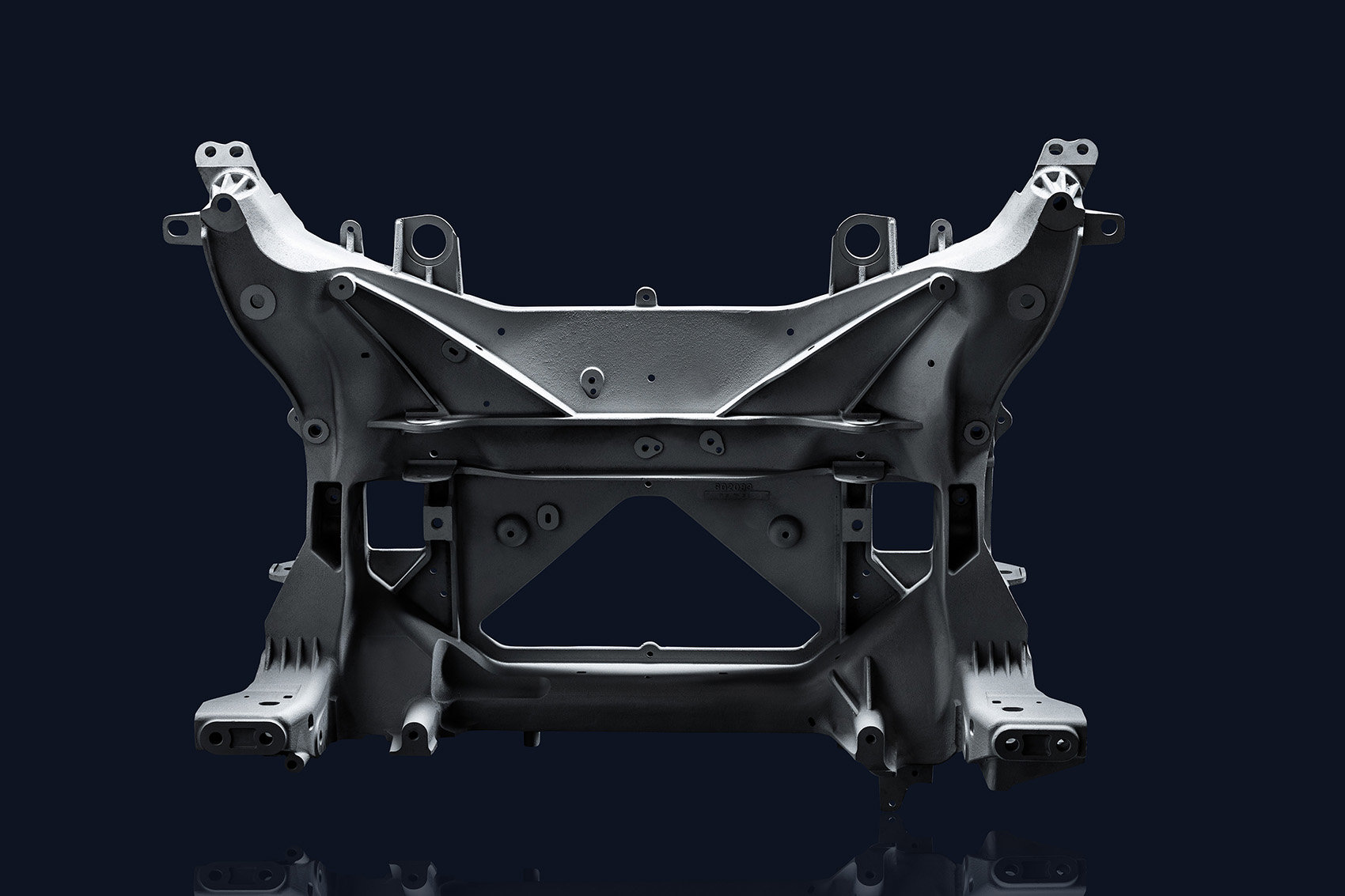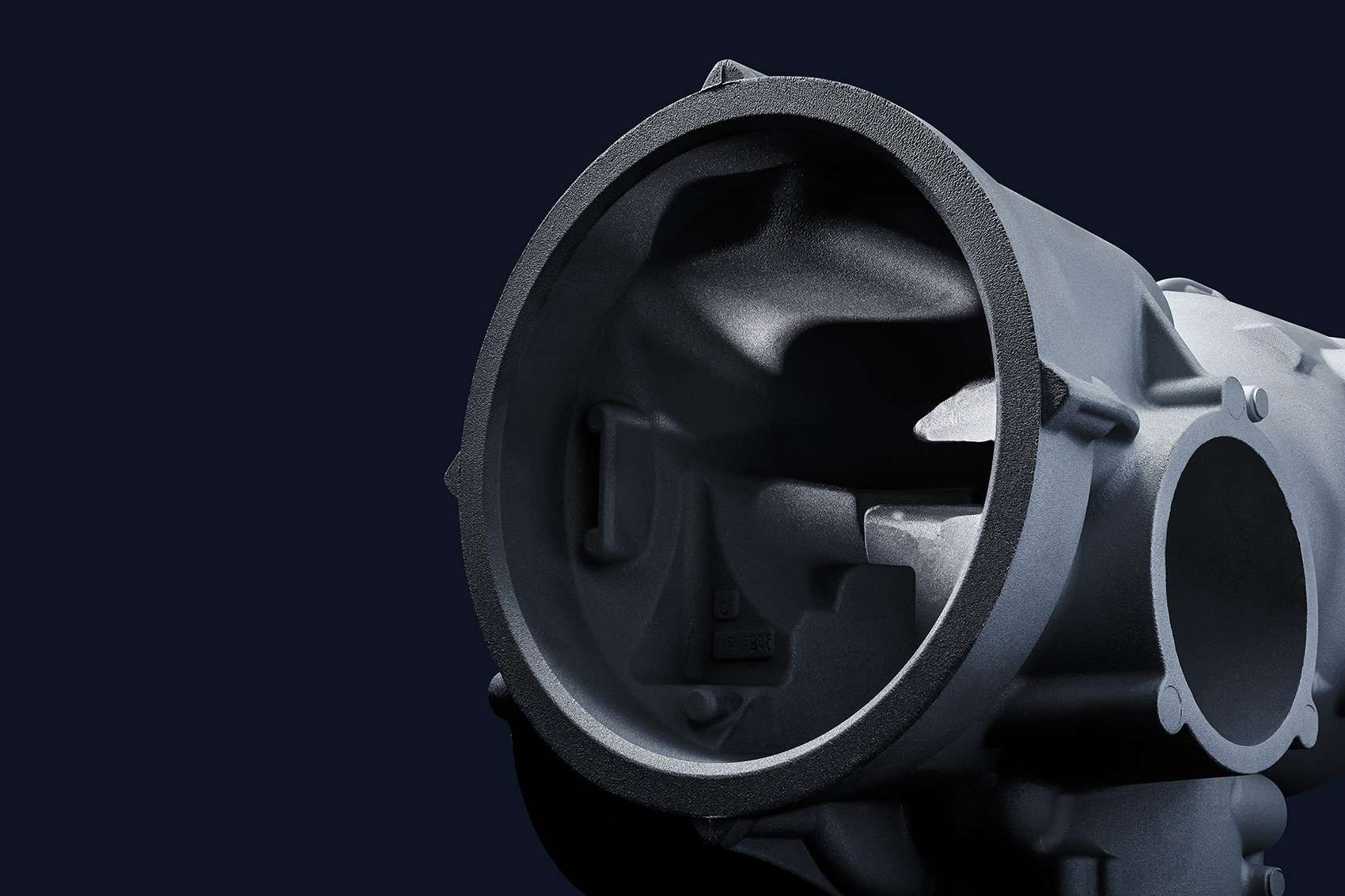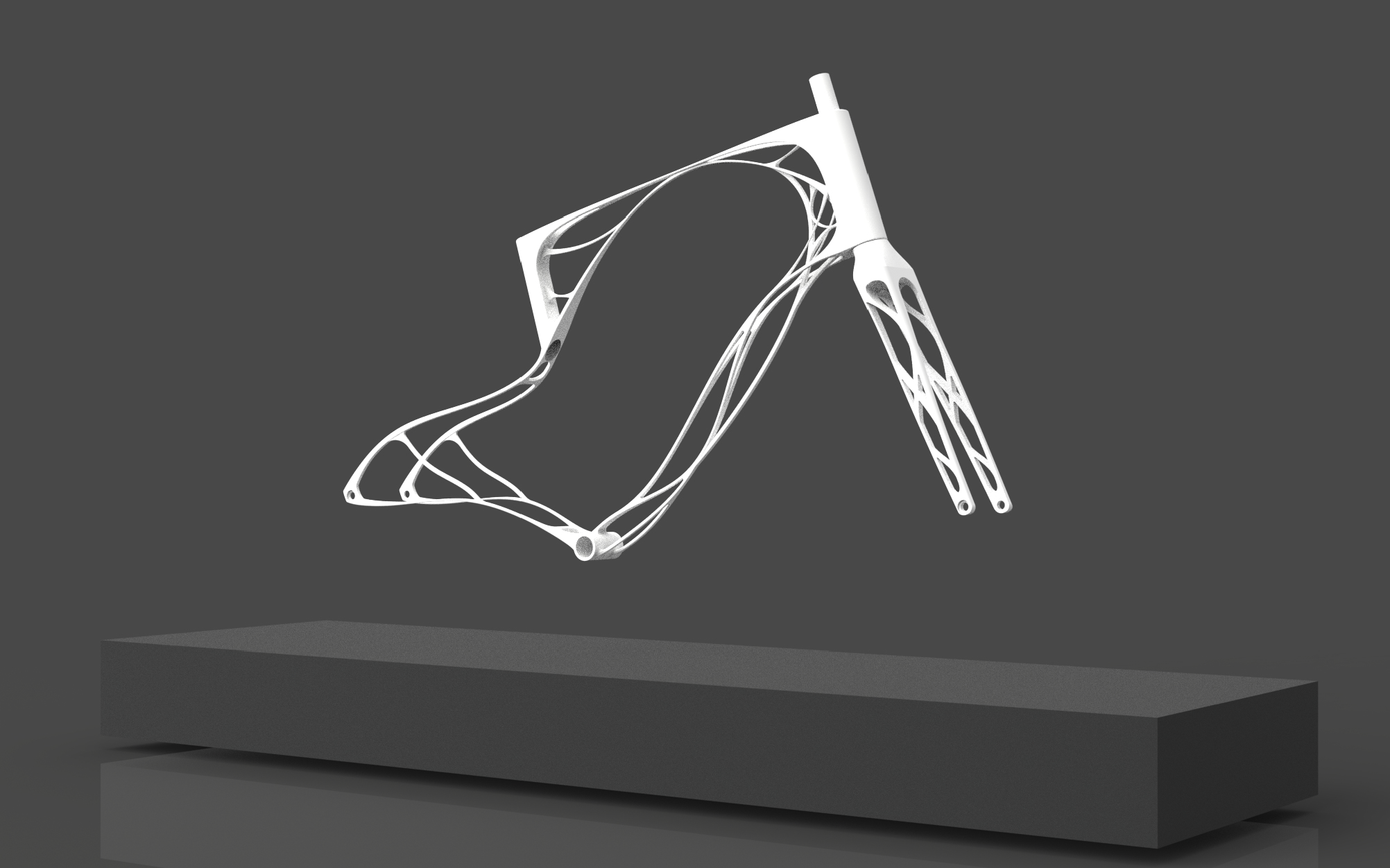
Technology Elevates Mechanical Properties
Achieving desired TYE performance in aluminium castings is a Sarginsons speciality and a fundamental of their world leading casting services. By deploying their unique range of technologies, especially Digital Twins and Smart Cooling, Sarginsons has achieved extraordinary improvements in TYE mechanical performance, even in prototype sand castings.
The process begins by accurately simulating TYE but, as the smallest modifications matter, the real magic happens when the technology team comes together. The blended expertise of all aspects of the casting process produces remarkable results, that rarely fail to achieve targeted TYE.
Sarginsons frequently uses this technology to address TYE difficulties in existing components for other foundries as well as OEMs.


